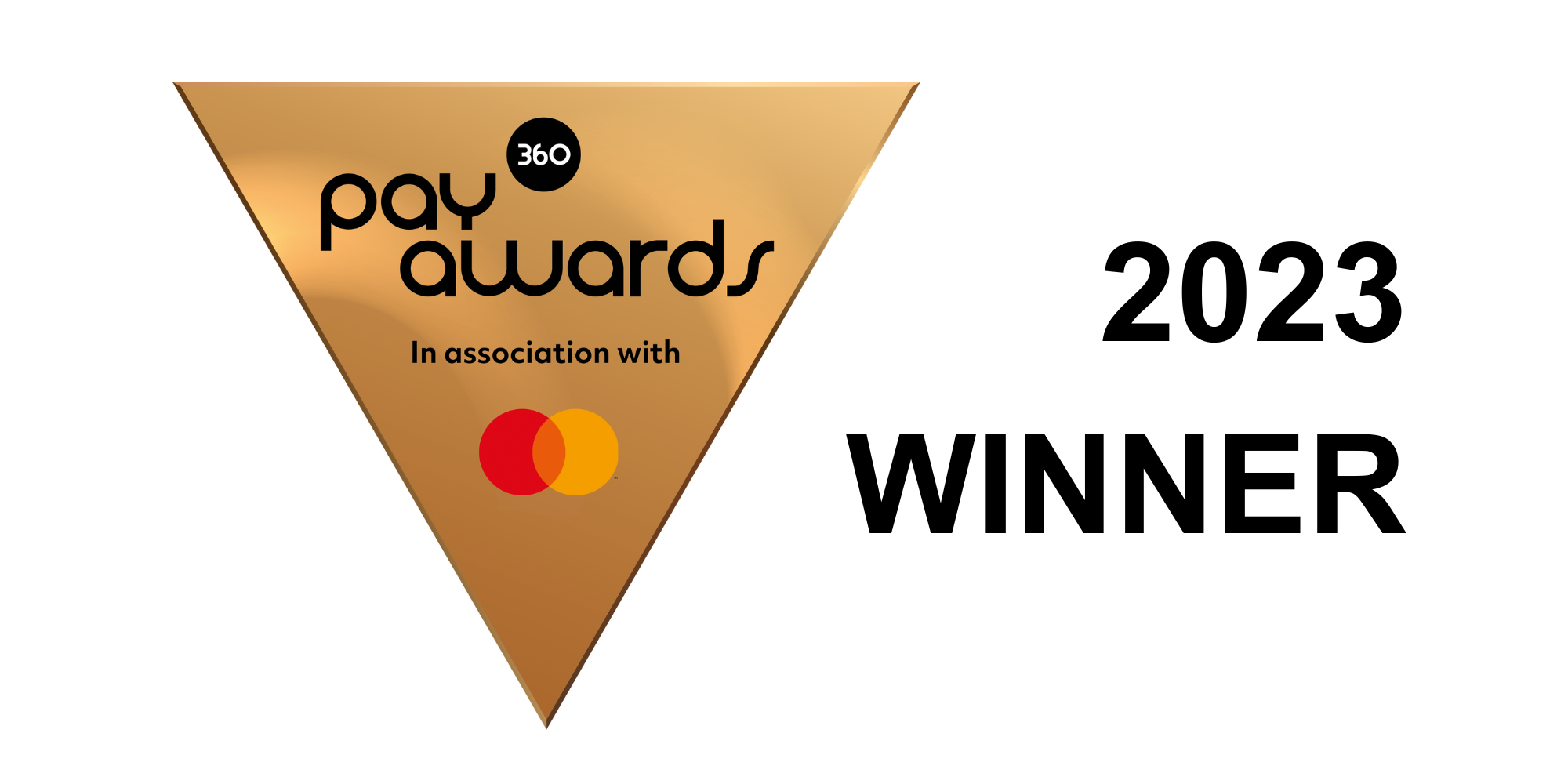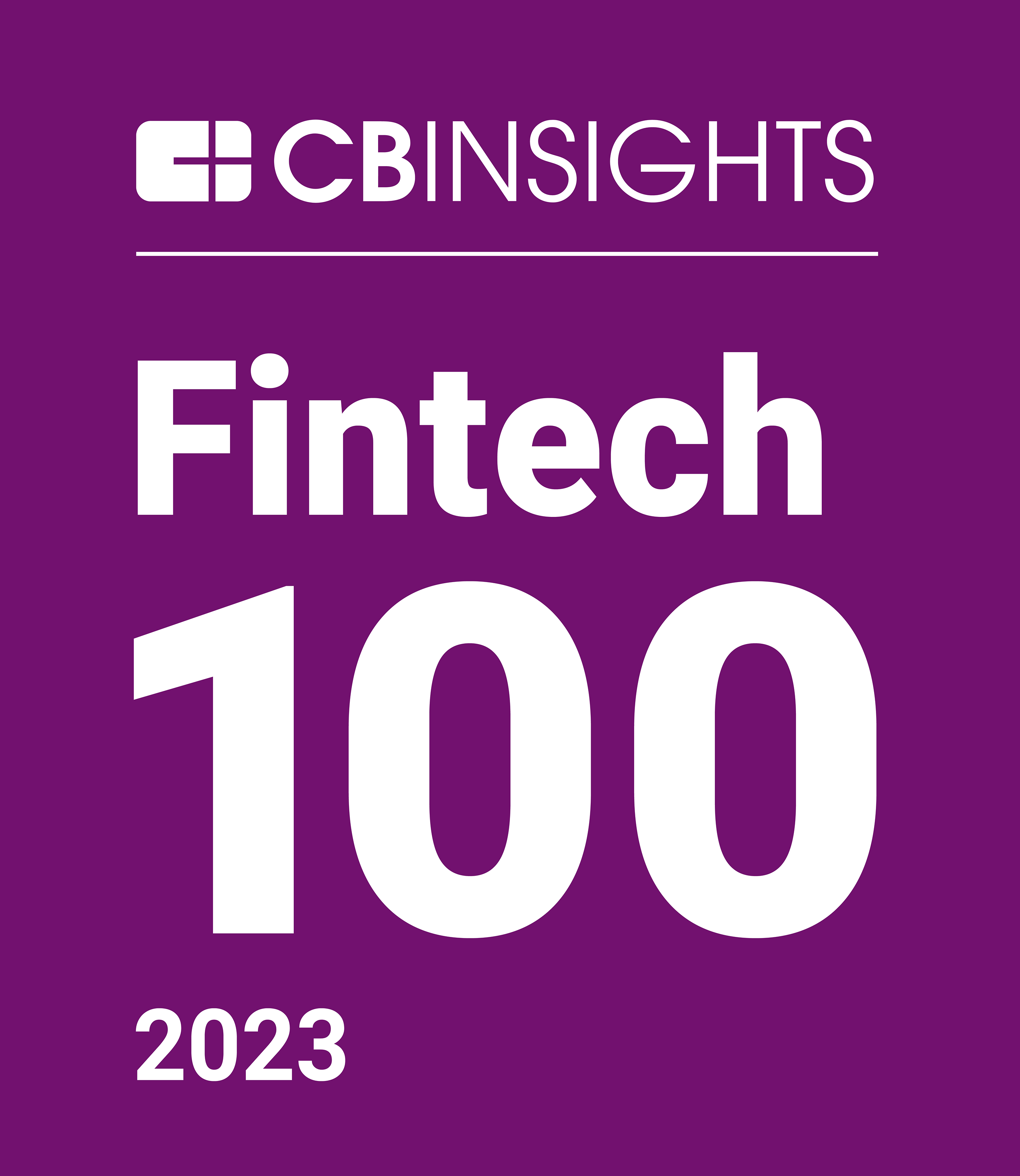A Quick A-Z Guide of Popular, Must Know Fintech Terms.
We’ve compiled a list of the most commonly used terms in the fintech world to help you get started on your fintech journey.
With new terms being introduced every year we can understand how confusing it can be trying to keep up with it all. So, we’ve compiled a list of the most commonly used terms in the fintech world to help you get started on your fintech journey.
A
Accounts-to-accounts payments (A2A)
This cardless payment method has been around for years. But, it has been Open Banking – the opening up of banks’ customer data.
And real-time payment networks that have turned this arrangement into a significant advantage over debit and credit cards.
Not only do A2A payments cost less for merchants than those made with cards, but they are also faster and safer. And money transfers between the sender’s and the receiver’s accounts are typically managed through the sender’s mobile banking app.
No card details are needed, there’s no need to create an account and no personal financial information is shared.
Account Information Service Provider (AISP)
A very popular term in Open Banking, it allows third-party access to account information with the customers’ permission. It also assists customers in reducing manual work by providing quick access to their financial information, savings, and loan approval.
API (Application Programming Interface)
API *(Application Programming Interface)* is a link that allows two programmes to communicate with one another. APIs are a set of protocols that allow for the creation of applications to access data and features from other services.
B
Blockchain
Blockchain is essentially a secure digital transaction record. Each block contains data about a single transaction, such as the date, time, and amount, and is designed to be difficult to change. Blockchain is designed in such a way that individual blocks are linked together in a single list identified as a chain. They’re widely used in cryptocurrencies like bitcoin.
Buy Now Pay Later (BNPL)
BNPL is a modernised version of retail finance in which customers benefit from simple repayments that are tailored to their needs. BNPL services are increasing at a rate per year because it masks the feeling of a loan by offering credit at the point of checkout.
C
CMA9
The CMA9 (Competition and Markets Authority) is a group of the UK’s nine largest banks that are part of the Open Banking initiative. Its mission is to encourage market competition and fairness while minimising harmful unfair practices.
Cross-border payments
Cross-border payments include wholesale, retail, or recurring transactions involving individuals, banks, companies, etc., in which the payee and the recipient operate from different countries.
Cryptocurrencies
Cryptocurrency is a type of crypto asset that is a virtual, decentralised currency. The value of a cryptocurrency is determined by supply and demand rather than by a bank. Bitcoin is the most well-known cryptocurrency.
D
Digital credit
Digital credit refers to loans accessed through a digital channel, via a mobile device, or a third-party agent. It is an emerging way of accessing electronic money with backend customer evaluation and automated customer interactions
Digital wallet
A digital wallet (also known as an E-wallet) involves the housing of payment information on an electronic device. Some forms of digital wallets can also store other cards such as loyalty cards.
E
eIDAS (Electronic Identification Authentication and Trust Services)
‘eIDAS’ is shorthand for ‘electronic identification and trust services. It’s an EU regulation for electronic transactions in the European Single Market. It refers to a range of services that include *verifying the identity of individuals and businesses online and verifying the authenticity of electronic documents*.
E-wallet
A digital wallet securely stores users’ payment information, and passwords for numerous payment methods and websites on an electronic device. This software-based e-wallet system allows users to easily purchase and transact.
F
FCS
The Financial Conduct Authority (FCA) regulates the financial services industry in the UK. Its role includes protecting consumers, keeping the industry stable, and promoting healthy competition between financial service providers.
FinTech
Fintech is a literal abbreviation of *Financial Technology*.
G
General Data Protection Regulation
The General Data Protection Regulation (GDPR) is the world’s strictest privacy and security law. Though it was drafted and passed by the European Union (EU), it places responsibility on organisations and anywhere that target or collect data about EU citizens.
O
Open Banking
Open Banking is the UK version of the *PSD2* in Europe. The difference is that, unlike *PSD2*, Open Banking requires banks to open up their data to third parties in a standard format.’
It is a secure method for consumers to provide merchants or service providers with access to their financial information or to authorise payment directly from their bank account, usually through a third party.
For example, have you ever shared data such as your spending habits and payments with authorised providers like budgeting apps, other banks, and challenger banks? That is a real-life scenario of how Open Banking works.
P
Payment Initiation Service Providers (PISPs)
A Payment Initiation Service Provider (PISP) allows you to pay companies directly from your bank account rather than through a third-party such as Visa or MasterCard.
PSD1 (Payment Services Directive)
In the mid-2000s, the first Payment Services Directive (PSD1) was implemented.
This was a major factor in shaping the legal foundation for an EU payments single market, with the goal of establishing safer and more innovative payment services across the EU.
PSD1 has resulted in three major changes since its implementation:
It established a new industry category, payment service providers, as well as a regulatory framework that allows new non-bank companies to conduct financial transactions.
(Before, payment services were only provided by banks, central banks, or government agencies.)
It increased transparency. Banks and other payment service providers must be open and honest about their services and fees, including maximum payment execution times, fees, and exchange rates.
It has accelerated the development of SEPA as a single euro payment area to help payment execution.
Thanks to PSD1 European customers, whether private individuals or businesses, can benefit from making faster and cheaper payments within the EU and EEA.
PSD2 (Payment Services Directive)
PSD2 is the second Payment Services Directive issued by the European Union. It aims to improve payment security in Europe, boost innovation, and assist banking services in adapting to new technologies. Consider it an improved version of PSD that enforces strong consumer authentication by granting secure access to consumer data to TPSPs (Technical Service Providers).
PSP
A payment service provider provides online services for merchants to accept electronic payments via a variety of payment methods such as credit cards, bank-based payments such as direct debit, bank transfer, and real-time bank transfers based on online banking.
Payment Systems Regulator (PSR)
PSR ensures that payment systems are operated and developed in a manner that takes into account and promotes the interests of all businesses and consumers who use them. They also encourage effective competition in the payment system and service markets - between operators, PSPs, and infrastructure providers
P2P transactions
Peer-to-peer (P2P) transactions involve the transfer of funds from one person’s bank account or credit card to another via the internet, most commonly via a mobile phone. As online banking and e-commerce have grown in popularity and acceptance, so has the use of person-to-person payments.
PSU
A Payment Service User, or PSU, is any legal person who uses a payment service as a payer, payee, or both. In other words, any user who has access to a payment account through the customer interface.
R
Real-time payments
Real-time payments (RTP) are transactions that are initiated and settled almost instantly. A real-time payments rail is the digital infrastructure that facilitates real-time payments. Real-time payment networks should ideally provide access 24 hours a day, seven days a week, 365 days a year, which means they are always available to process transfers.
S
Strong Customer Authentication (SCA)
Strong Customer Authentication (SCA) is a two-factor authentication process that institutions are using to add an extra layer of security to online payments. Customers are verified using two of three factors: (PIN, password), possession (hardware token, phone), and inherence (facial recognition, fingerprints).
Sweeping
Sweeping refers to the automatic transfer of funds between two of a customer’s own accounts.
Sweeping can be used in a variety of ways, beginning with investing. When a customer opens a sweep account with a brokerage firm, any excess funds are transferred at the end of each day into the account that earns the highest interest. It helps to ensure that your money earns as much interest as possible without performing manual monitoring.
T
Technical Service Providers (TSPs) - Open Banking
TSPs collaborate with regulated providers to securely set up the financial data that controls open banking-enabled products and services.
Tokenization
Tokenization is the process of replacing cardholder data with a random string of characters known as Tokens. Tokenization allows merchants and networks to transfer sensitive data without fear of payment fraud or identity theft.
V
VRP (Variable Recurring Payments)
You’re probably familiar with Direct Debit, which allows businesses to collect variable-amount payments from the same customer on a recurring basis without requiring new permission for each payment.
This is exactly how VRPs work, and it will allow businesses to do something similar with VRPs and open banking. Customers will be able to use a VRP to connect authorised payment service providers (PISPs) to their bank accounts. Providers can then make a series of payments on a customer’s behalf within agreed-upon timeframes, giving them more control and transparency than existing alternatives.
X
XS2A
Access2Account – the technical term for third-party providers’ access to customers’ payment accounts (via. APIs). Under the XS2A, banks must provide a service exposing customer account information and payment introduction to any third party registered with a Competent Authority and with the consent of the PSU (via an API format).
Platform


Banked Ltd is authorised and regulated by the UK Financial Conduct Authority
151 Wardour St, Unit 5.01, London, W1F 8WE, UK
Company number 11047186 : Firm Reference Number 816944 : +44 (0) 20 8090 2747
© Banked : 2025